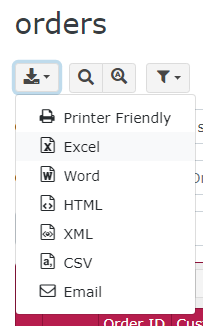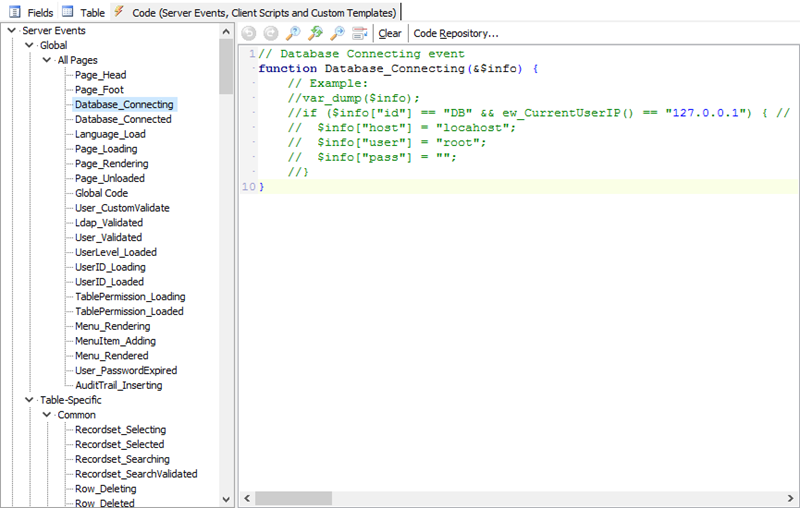

If you want PHPMaker to automatically open your browser after generation, set the following option:Īfter generation, you will be presented with a login screen. Set the application root folder to that of XAMPP www folder. Generating Before generating the app, ensure that XAMPP is running. We’ll come back to this later when we’ll have to set permissions on who can or cannot view/edit table and views. You might not check all of them, but user registration should at least be enabled. We need to click on the Advanced button to set up additional user login options. PHPMaker needs to know that along with the names of columns for the username and password. Remember that members’ details will be stored in the users table. Since, our app will require login, we need to set this up. When you click on the Connect button, you should see your two tables appear in the left panel. You can always change that through phpMyAdmin for extra security.

Normally, the username should be root and the password field should be left empty. Open PHPMaker and connect to the database. In our case we need to create two tables: CREATE TABLE books ( book_idint(8) primary key auto_increment, titlevarchar(50) not null, authorvarchar(50) not null, covervarchar(100) ) CREATE TABLE users ( user_idint(8) primary key auto_increment, usernamevarchar(20) not null, passwordvarchar(20) not null, user_levelint(2) default 0, loanedint(8) references books(id) )Įvery time you’re working on PHPMaker, you’ll need to have XAMPP running. Open phpMyAdmin and write out your MySQL statements. You must create a database with your tables first. Staffs will be able to add/edit/remove books as well as register/deregister members.

Members will be able to search the library catalogue and list books by categories. We’ll be making a simple web application for a library. The menu, for example, is on the left by default which you cannot change through PHPMaker, but you can manually edit the generated code and position the menu to the top. Things which we can do with PHPMaker is only limited by our Instead of reinventing the wheel, we’ll rely on PHPMaker to do the hard work for us. Coding a database driven website is more difficult than it sounds. PHPMaker generates clean code and is useful when you need a web app that heavily relies on a database. You can make a pretty complex web application with PHPMaker without writing a single line of code.


 0 kommentar(er)
0 kommentar(er)
